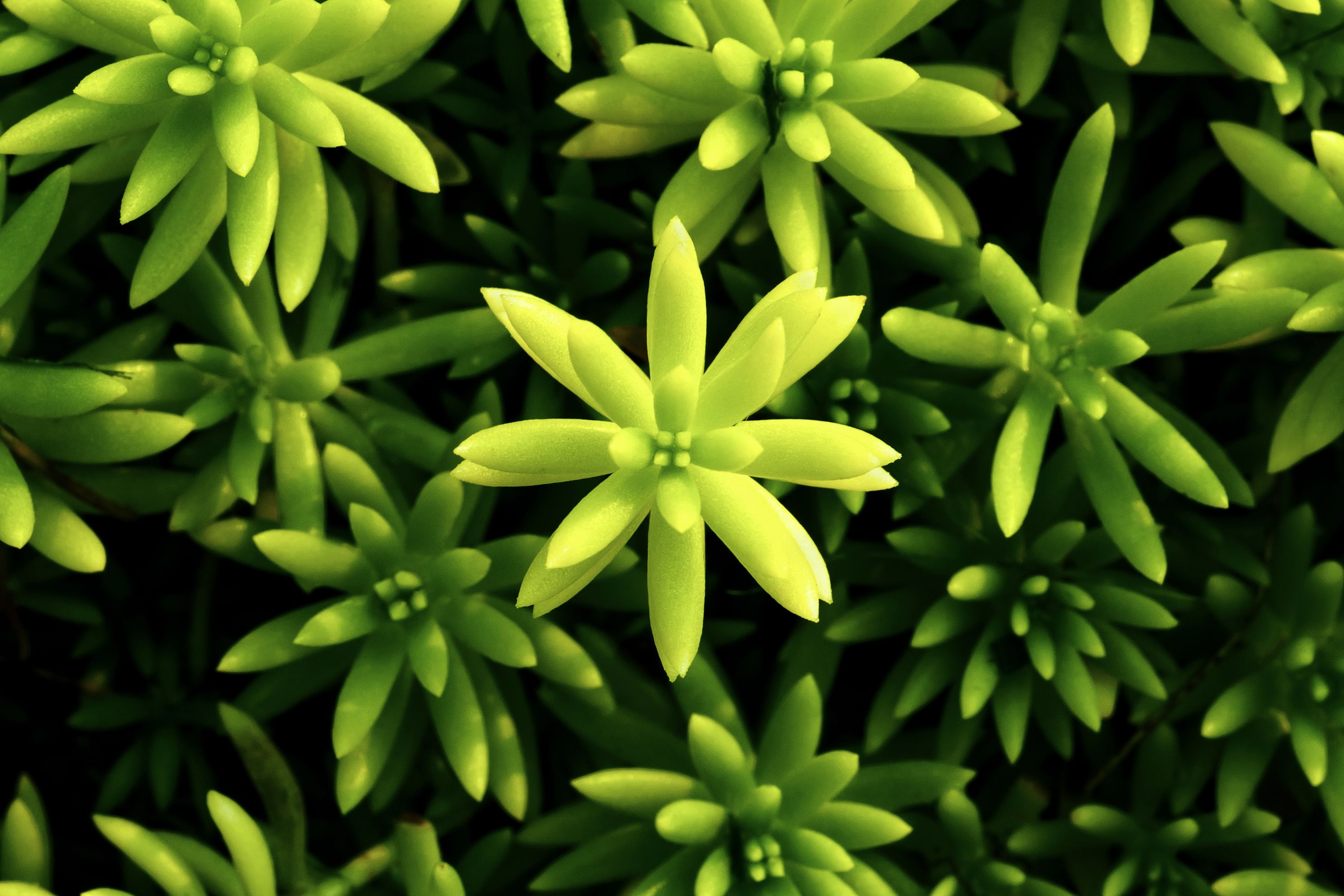Jenny's stonecrop
(Sedum rupestre)

Description
Sedum rupestre, commonly known as stonecrop or wallpepper, is a popular succulent plant that is widely cultivated in gardens and landscapes. It is a member of the Crassulaceae family and is native to Europe and Asia. This plant is known for its low maintenance, drought-tolerant, and easy-to-grow nature, making it a favorite among gardeners of all skill levels. In this article, we will explore the history, characteristics, and care tips for Sedum rupestre, as well as its uses in gardens and landscaping. History Sedum rupestre has a long history of use in traditional medicine. The plant has been used to treat a variety of ailments, including digestive issues, respiratory problems, and skin conditions. It is also believed to have anti-inflammatory and anti-microbial properties. In addition to its medicinal uses, Sedum rupestre has also been used for ornamental purposes for centuries. It has been grown in gardens and used in landscaping since the early 18th century. Characteristics Sedum rupestre is a low-growing succulent that forms a dense mat of small, fleshy leaves. The leaves are typically 1-2 cm long and are arranged in a rosette pattern. The plant has a yellow-green color, and the leaves may turn red in response to stress or changes in temperature. In the summer, Sedum rupestre produces small, star-shaped yellow flowers that grow in clusters. The flowers are typically less than 1 cm in diameter and are borne on long, slender stems. Sedum rupestre is a hardy plant that is able to withstand a wide range of temperatures and growing conditions. It can grow in full sun or partial shade and is able to tolerate drought and poor soil conditions. Care Tips Sedum rupestre is a low-maintenance plant that is easy to care for. It requires little water and is able to tolerate a range of temperatures and growing conditions. Here are some care tips to help you grow and maintain your Sedum rupestre: Soil: Sedum rupestre prefers well-drained soil that is rich in organic matter. It can tolerate poor soil conditions but will perform best in soil that is amended with compost or other organic matter. Watering: Sedum rupestre is drought-tolerant and requires little water once established. Water only when the soil is dry to the touch. Light: Sedum rupestre can tolerate full sun or partial shade. It will perform best in areas that receive at least 6 hours of sunlight per day. Fertilizer: Sedum rupestre does not require fertilizer, but you can use a balanced fertilizer in the spring to promote growth and flowering. Pruning: Sedum rupestre does not require pruning, but you can trim back any dead or damaged leaves to keep the plant looking neat and tidy. Uses in Gardens and Landscaping Here are some of the most common uses of Sedum rupestre: Groundcover: Sedum rupestre is a popular choice for groundcover due to its low-growing habit and drought tolerance. It can be used to fill in gaps between stones, cover bare patches of soil, or create a living carpet in rock gardens or xeriscapes. Rock gardens: Sedum rupestre is an excellent plant for rock gardens, where its low-growing habit and ability to thrive in poor soil conditions make it a perfect fit. It can be used to create a natural-looking landscape that requires little maintenance. Containers: Sedum rupestre can be grown in containers or hanging baskets, providing a pop of color and texture to any outdoor space. Its small size and low maintenance requirements make it a great choice for busy gardeners or those with limited space. Borders: Sedum rupestre can be used to edge borders or walkways, providing a neat and tidy appearance. Its yellow-green color and small, star-shaped flowers can add a touch of brightness and interest to any landscape. Green roofs: Sedum rupestre is an excellent plant for green roofs, where its ability to tolerate extreme temperatures and drought makes it a perfect fit. It can be used to create a living roof that helps to reduce energy costs and absorb stormwater runoff. Overall, Sedum rupestre is a versatile and attractive plant that can be used in a variety of gardening and landscaping settings. Its low maintenance requirements and ability to thrive in poor soil conditions make it a favorite among gardeners of all skill levels.
Taxonomic tree:







